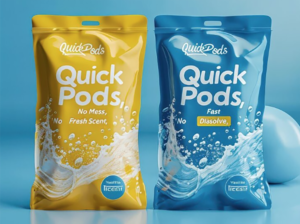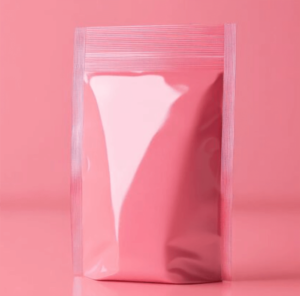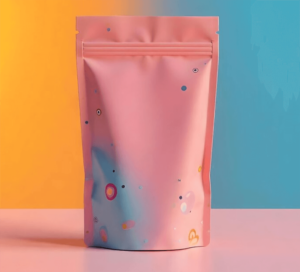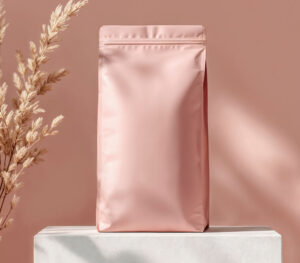Packaging Materials
Material characteristics: Different packaging materials have different barrier properties. For example, the compactness of the molecular structure of plastic film and the type of polymer can affect its ability to block gases, water vapor, and other substances. Like polyethylene (PE) film, it has certain flexibility and moisture resistance, but relatively poor oxygen barrier properties; Polyethylene terephthalate (PET) film has good transparency and mechanical properties, and also has a certain barrier effect on oxygen and water vapor.
Thickness: Generally speaking, as the thickness of the packaging material increases, its sealing performance will correspondingly improve. Because thicker materials can provide more barrier layers, reduce the permeation paths of gases and water vapor, and lower the permeation rate. For example, a thick aluminum foil layer can effectively block light, oxygen, and water vapor, and is commonly used in packaging for drugs, food, and other products that require high sealing performance.
Molecular Structure and Chemical Properties
Tightness: Materials with tight molecular structures are difficult for small molecules such as gases and water vapor to penetrate, and have good sealing properties. For example, polyvinylidene chloride (PVDC) molecules are tightly arranged and have excellent barrier properties against oxygen and water vapor. It is commonly used in food packaging that requires high moisture and oxygen resistance.
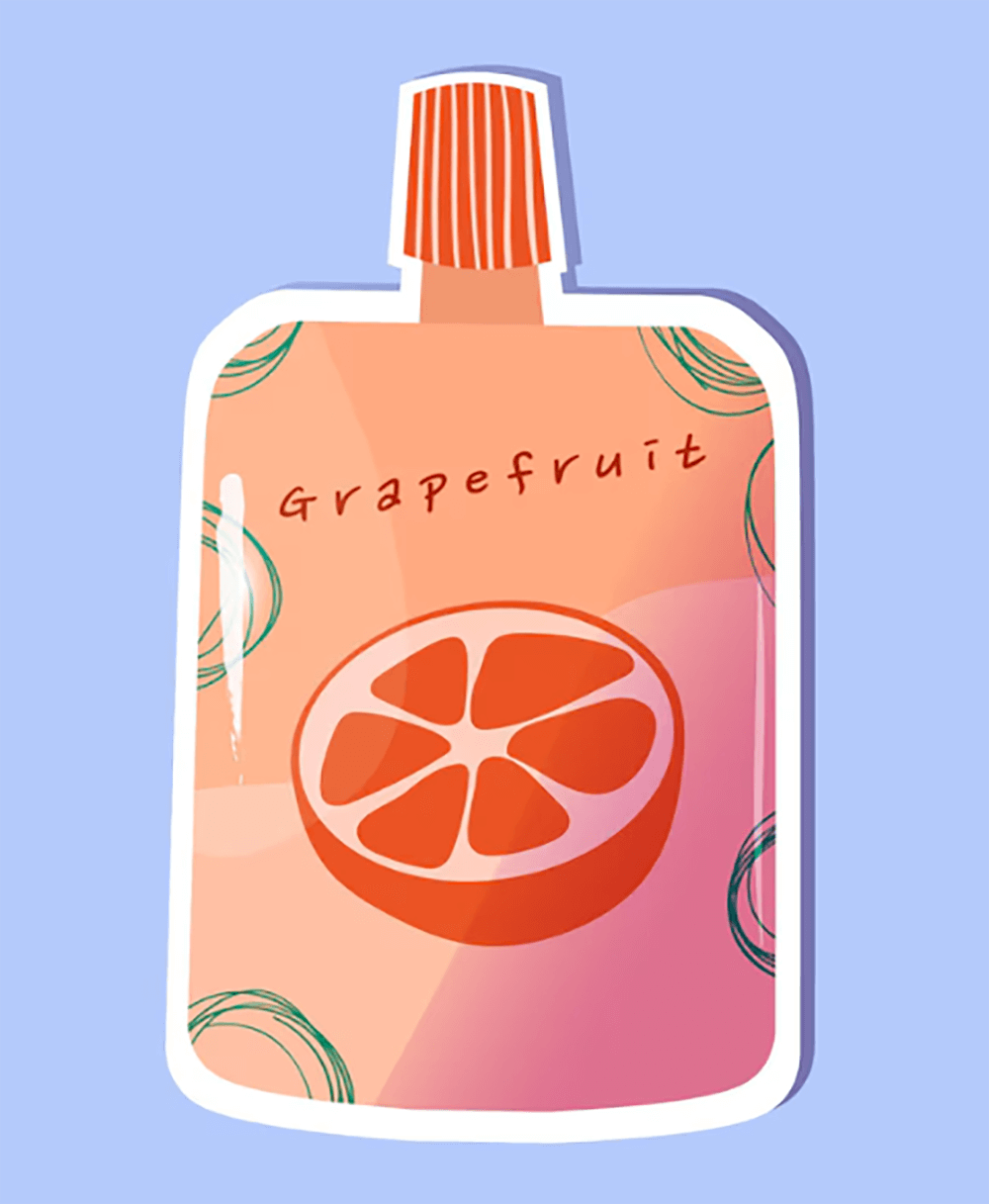
Polarity: The polarity of a material can affect its affinity with different substances. Polar materials are prone to adsorbing polar molecules, which may affect their barrier properties against certain substances. Polyvinyl alcohol (PVA) has strong polarity and a certain adsorption capacity for water. When used alone, it has poor moisture resistance. However, when combined with other non-polar materials, it can be used for packaging that requires certain breathability and barrier properties.
Chemical stability: Materials with good chemical stability are not prone to chemical reactions with the substances inside the packaging, and can maintain the integrity and sealing of the packaging. Glass material has high chemical stability and is suitable for packaging various chemical drugs, food, etc. It can maintain the quality of the contents for a long time.
Physical Property
Flexibility: Materials with good flexibility can adapt to different packaging shapes and usage environments, are not easily broken by external forces, and help maintain sealing. For example, low-density polyethylene (LDPE) film has strong flexibility and is commonly used to make various flexible packaging bags, such as daily necessities packaging bags, plastic film bags, etc.
Rigidity: Rigid materials can provide good support and protection, preventing packaging from deforming due to compression during storage and transportation, which affects sealing. Plastic bottles made of polypropylene (PP) material have a certain degree of rigidity and are commonly used for packaging beverages, medicines, etc.
Breathability: The breathability of different materials varies greatly. Some materials have good breathability, such as microporous polypropylene (PP) film, which can be used for packaging products that require breathability, such as fruits and vegetables, allowing the products to breathe. However, the sealing of this material is relatively weak and not suitable for products that are sensitive to oxygen.
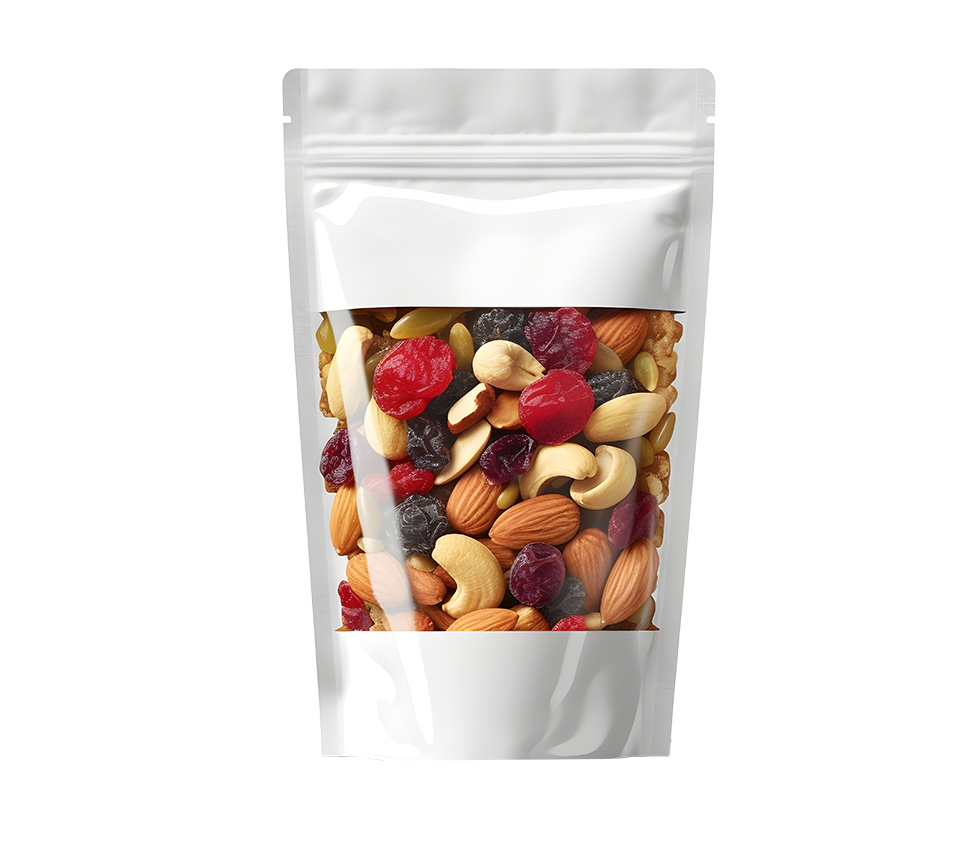
Composite and multi-layer structures
Complementary advantages: By combining materials with different characteristics, the advantages of each layer of material can be leveraged to improve the overall sealing performance. For example, common aluminum-plastic composite films are composed of aluminum foil layers and plastic film layers. Aluminum foil can effectively block light, oxygen, and water vapor, while plastic film provides flexibility and heat sealing performance, and is widely used in packaging of drugs, food, and other products.
Enhanced barrier properties: A multi-layer structure can increase the permeation path of gas and water vapor, prolong the permeation time, and thus enhance the barrier performance and sealing of the packaging. Some high-end cosmetics packaging uses multi-layer co extruded film, which effectively prevents product volatilization and deterioration through the multi-layer structure of different materials.
Structure type: The structural design of the packaging bag will affect its sealing effect. For example, different edge sealing methods such as three sided sealing, four sided sealing, and self-supporting bags have varying degrees of sealing reliability and stability. Three sided sealed packaging bags have fewer sealing edges, making them relatively prone to loose sealing; The sealing area of the four sided sealed packaging bag is larger and the sealing performance is better. Due to the need for standing function, the sealing structure design at the bottom of the self standing bag needs to be more sturdy to ensure that there will be no leakage when filled with contents.
Opening and sealing design: The size, shape, and sealing method of the opening are also crucial. A smaller opening and reliable sealing methods such as heat sealing and pressure sealing can better ensure sealing performance. For example, the bottle mouth design of some drug packaging is small, and it can be sealed with a screw cap or cover to effectively prevent the drug from getting damp or oxidized.

Package Process
Sealing process: Heat sealing is a common sealing method, and heat sealing temperature, pressure, and time are important parameters that affect the sealing effect. If the heat sealing temperature is too low or the time is too short, the sealing part of the packaging material cannot be fully fused, resulting in a weak seal; On the contrary, if the temperature is too high or the time is too long, it may cause the packaging material to overheat, deform, and even damage the sealing performance.
Packaging environment: The environmental conditions during the packaging process, such as temperature, humidity, etc., can also affect the sealing of the packaging bag. In high humidity environments, the surface of packaging materials may adsorb moisture, affecting the heat sealing effect; In environments with low temperatures, packaging materials may become brittle, reducing their flexibility and sealing performance.
storage and transportation conditions
Temperature: Excessive or insufficient temperature may have adverse effects on the sealing of packaging bags. High temperature may cause softening and deformation of packaging materials, resulting in loose sealing parts; Low temperature may make the packaging material brittle and prone to cracking, thereby damaging the seal. For example, in the hot summer, if food packaging bags containing oil are exposed to high temperatures for a long time, the oil may seep out, affecting the sealing performance; In the cold winter, some plastic packaging bags may rupture due to low temperatures.
Humidity: High humidity environments can easily cause packaging bags to absorb moisture, leading to moisture in the sealed areas and reducing sealing performance. For some products that are sensitive to water vapor, such as electronic products, precision instruments, etc., the sealing of packaging bags will be more challenging when stored or transported in high humidity environments.
Pressure: During transportation, if the packaging bag is subjected to external forces such as compression or collision, it may cause damage to the sealing area and affect the sealing performance. For example, in logistics transportation, stacking goods too high may cause the lower packaging bags to bear greater pressure, leading to seal rupture or air leakage.

